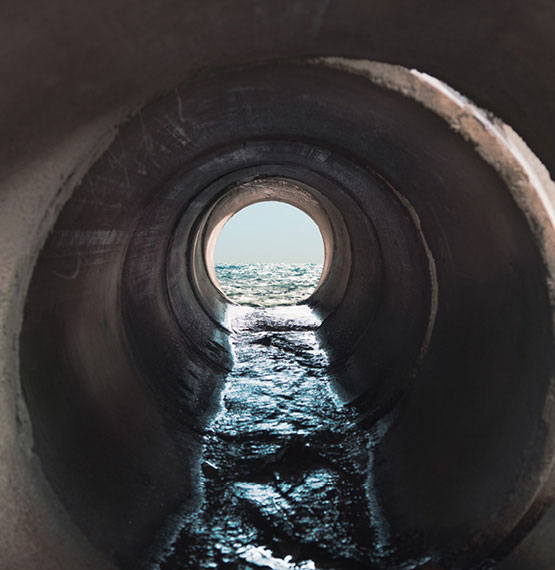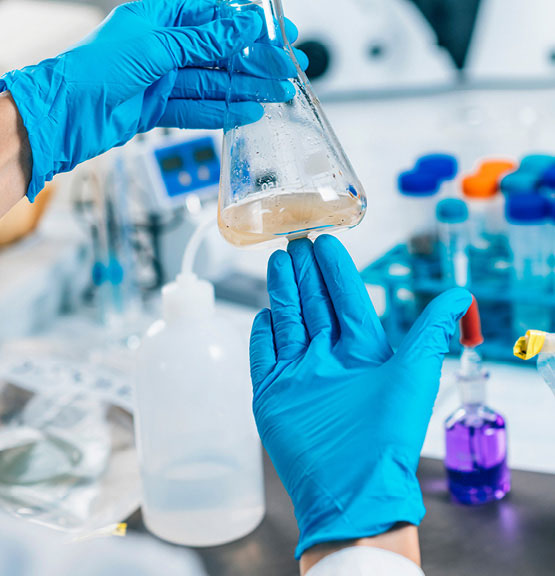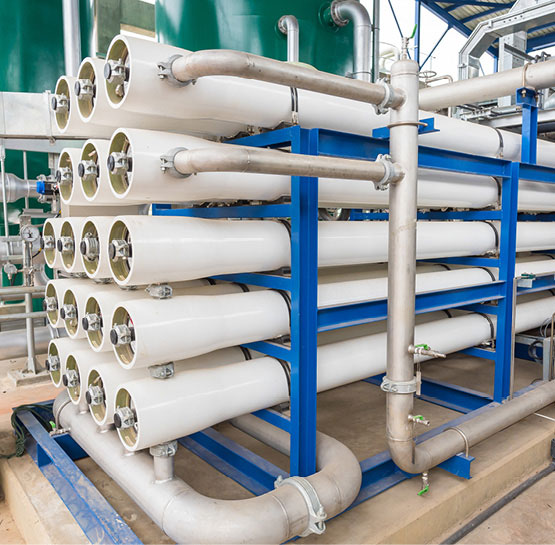-
Products
- Lab Instruments
- Lab Meters and Probes
- Chemistries, Reagents, and Standards
-
Online Analyzers
Ammonium Analysers Ammonia Monochloramine Chlorine Analyzers
- CL17sc
- CL10sc Amperometric
- 9184 sc Amperometric
- Ultra Low Range CL17sc Colorimetric Chlorine Analyser
EZ Series Analysers- Iron
- Aluminium
- Manganese
- Phosphate
- Chloride
- Cyanide
- Fluoride
- Sulphate
- Sulphide
- Arsenic
- Chromium
- Copper
- Nickel
- Zinc
- Ammonium
- Phenol
- Volatile Fatty Acids
- Alkalinity
- ATP
- Hardness
- Toxicity
- Sample Preconditioning
- Boron
- Colour
- Nitrate
- Nitrite
- Silica
- Hydrogen Peroxide
- EZ Series Reagents
- EZ Series Accessories
- EZ sc Series Inorganics
- EZ sc Series Metals
- EZ sc Series Nutrients
- Flow
-
Online Sensors and Controllers
Digital Controllers (Transmitters) Controllers (Analog)
- SC4500
- CA9300 Series Analog Transmitters
- Orbisphere 410/510 Carbon Dioxide
- Orbisphere 410/510 Oxygen
- Pro Series
pH & ORP Sensors- 12mm pH/ORP
- 8362 sc High Purity
- Combination pH/ORP
- Differential pH
- Digital Differential ORP
- Digital Differential pH
- LCP ORP
- LCP pH
- Sampling
- Multiparameter Online Panels
- Claros Water Intelligence System
- Test Kits & Strips
-
Microbiology
Prepared Media
- BARTS
- Liquid MPN
- MUG Tube
- Membrane Filtration
- Paddle Testers
- Presence-Absence
- Total Count Media
- Yeast and Mold
Dehydrated Media Kits Cryptosporidium & Giardia Analysis Legionella pneumophila Test Pseudomonas aeruginosa TestLabware- Accessories
- Funnels, Pumps & Manifolds
- Microbiology Filters
- Petri Dishes & Accessories
- Sampling Bags
- Vials, Tubes, Bottles & Racks
- Comparators
- Microbiology Accessories
- Microbiology Chemicals
- QC: Microbiology
- Quanti-Trays
- Sealer and Rubber Inserts
- UV Lamps
- Vessels
-
Lab Equipment and Supply
Apparatus
- Brushes
- Clamps, Rings & Stands
- Crucibles
- Crucibles & Casseroles
- Dispensers & Droppers
- Grab Samplers
- Oil and Grease
- Other Apparatus
- Pipet Aids
- Pipettes
- Racks
- Stir Bars
- Tubing
- Weighing Accessories
Instruments- Balances
- Hot Plates & Stirrers
- Microscopes
- Moisture Analysers
- Other Instruments
- Ovens & Incubators
- Thermometers
- Timers
- Vacuum Pump
- Automated Lab Systems
-
Environmental
Accessories Ambient Weather
- Kipp & Zonen Pyrgeometer
- Kipp & Zonen Scintillometer
- Lufft Ultrasonic Wind Sensor
- Lufft WS Series Smart Weather Sensor
- Lufft WS10 Series
Visibility and Present Weather Detection Hydrology Software Hydrology Water Discharge - Flow Road and Runway Sensors Solar Tracking and PV SoilingWater Level- OTT CBS Compact Bubbler Sensor
- OTT PLS Pressure Level Sensor
- OTT PLS(-C) Pressure Level Sensor with Conductivity
- OTT RLS Radar Level Sensor
- SUTRON Accubar Pressure Level Sensor
- SUTRON Constant Flow Bubbler
- SUTRON SDR Stage Discharge Recorder
Data Loggers and Telemetry- ADCON - Wireless Radio Communication / Telemetry
- Kipp & Zonen Data Logger
- SUTRON Antenna
- SUTRON SatLink 3 Logging Transmitter
- SUTRON XLINK 100 Logging Transmitter
- SUTRON XLINK 500 Logging Transmitter
- SUTRON XLite 9210 Datalogger
- SUTRON Xpert2 Datalogger
- Industrial UV
- Marine
- Municipal UV
- Parameters
- Applications
- Industries
- Brands
- Service & Support
- News & Events









